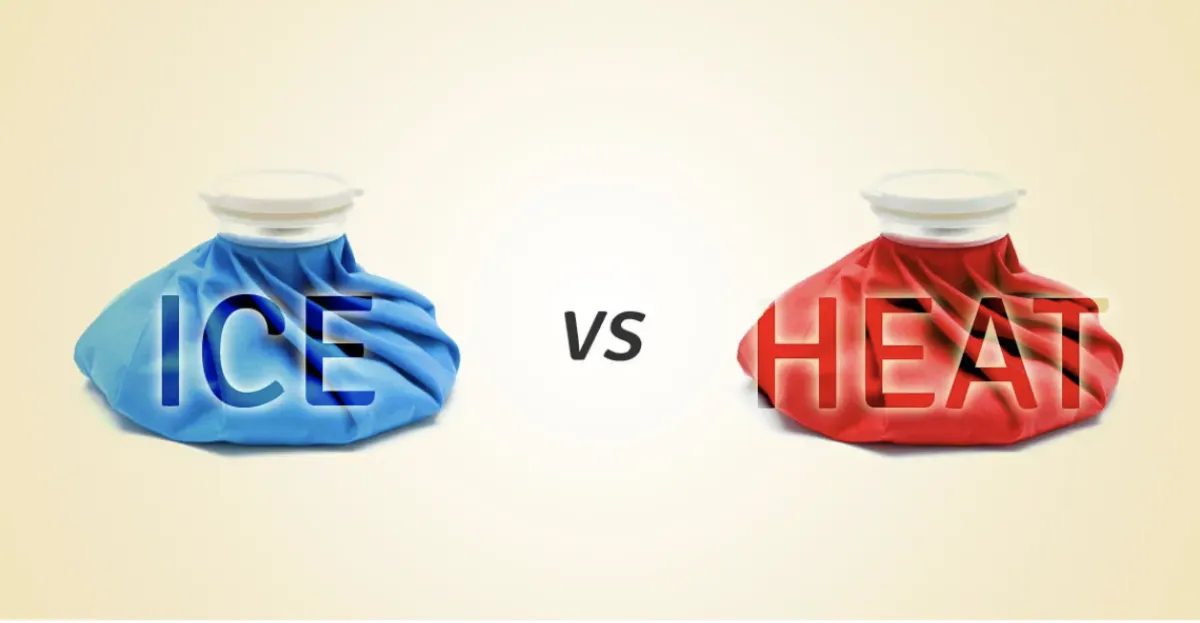
Old Rule: Ice It. New Rule: Don’t.
One of my fly-fishing clients came in recently with a case of "tennis elbow" brought on by too many hours tying flies.
I asked, “Did you try heat?”
He said, “No... I iced it. Was that wrong?”
If you’ve ever twisted an ankle, tweaked your back, or hobbled around after a tough workout, someone probably told you to R.I.C.E. it: Rest, Ice, Compression, Elevation.
Dr. Gabe Mirkin created that protocol in 1978 and now says not to take his advice! He retracted his icing recommendation in 2015, noting it can “delay healing instead of helping.”
Back then, stopping activity and numbing the area were considered the best ways to kickstart recovery. Now we know it’s heat, not ice, that effectively reduces muscle pain, soreness, and damage.
Cold might make you feel better in the short term, but it could be slowing down your body’s repair process in the long run.
Both ice and complete rest may delay healing rather than help it.
Inflammation isn’t the villain we once thought. It’s a necessary part of healing.
During the first 48 hours post-injury, your body sends in specialized cells to clean up damage and call in reinforcements. Ice disrupts that process by shrinking blood vessels, cutting off circulation, and limiting the delivery of oxygen and nutrients.
It numbs the pain, but it blunts the system your body uses to heal.
That’s true whether you’re healing an injury or trying to grow stronger muscles.
In a recent study, researchers induced muscle damage in fit young men, then split them into groups to recover using cold water, hot water, or neutral temperature water baths.
Heat was not just more effective, but the only effective treatment.
The group using hot water immersion (107°F baths for an hour a day) had less soreness, lower markers of muscle damage, and better transitions from inflammation to healing. Their bodies produced more cellular helpers that protect and rebuild muscle tissue.
Everyone expected cold would work better, but heat came out on top.
Heat boosts circulation, helps clear out waste, and gives your muscles what they need to rebuild faster and more completely.
Raising intramuscular temperature by just a few degrees using a sauna, hot-water immersion, or a heating pad accelerates nearly every one of those steps.
No benefits were observed in the cold water immersion group--no improvement in pain, muscle soreness, or markers of muscle damage.
Ice isn’t useless.
It can be useful for short-term pain relief, especially right after an injury.
I lived with the ice machine on me after my surgery, especially at night. It numbed the pain as effectively as the drugs.
When it comes to tendonitis, remember that tendons love heat! It makes them less stiff and sore.
If you’re injured, consider swapping that ice pack for a heating pad or a hot bath.
Start it soon and keep it up throughout the recovery process.
If you’re not injured, heat can be just as powerful for promoting recovery from a demanding workout.
Use liberally--who doesn't love a hot soak in the tub?!